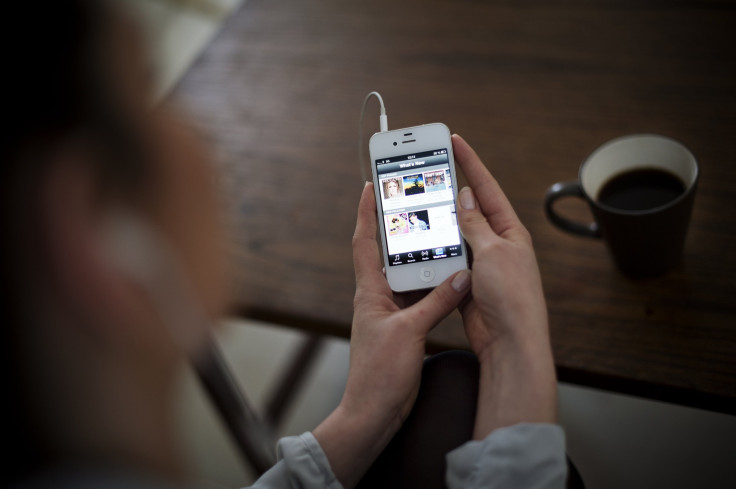Spotify And Pandora Help Streaming Music Ad Revenue Pass $1 Billion By 2017, Report Says

The music industry’s fastest-growing revenue stream will crack the billion-dollar mark soon. A new report from Juniper Research suggests that advertising revenue from streaming music services like Spotify and Pandora will surpass $1 billion in 2017, driven largely by music consumption on mobile devices like smartphones and tablets.
“Music is undoubtedly the most mature segment of mobile entertainment,” Juniper Research analyst Joe Crabtree wrote. “It seems that the digital transformation is making real headway for the future of the music industry.”
While streaming music has been a billion-dollar revenue source for a number of years, seeing ad-supported streaming revenue cross that threshold would be significant. That's because there are different kinds of royalties within streaming music, and the ones generated by ad-supported streams pay rights holders far less money than the ones generated by subscription-based ones. As recently as 2013, Spotify's royalty rate for subscriber-based streams was 10 times higher than its ad-supported royalty rate, and data submitted by an anonymous independent label suggests the streaming royalties from YouTube, which remains the world’s number one streaming music source and which is overwhelmingly supported by advertising, are among the lowest in the business.
"Supposedly the biggest music destination is delivering by far the least value back to our industry,” Charles Caldas, CEO of digital rights agency Merlin, said earlier this year. “That's something we need to look at."
While advertising remains the core revenue source for radio-style services like Pandora, it represents just a sliver of overall revenues for on-demand services like Spotify and Apple Music. For example, more than 90 percent of Spotify’s revenue comes from its subscribers, despite the fact that it has nearly three times as many ad-supported users as paid subscribers.
While labels executives and artists have long groused about how low these payments are, the sheer number of streams now happening across the digital landscape may make these figures irrelevant. Fans streamed 1 trillion songs through the first half of this year, according to the measurement firm Next Big Sound, and as more and more people adopt streaming as their primary mode of music consumption, ad-supported services will play a key role.
What that role is, however, will remain a matter of debate. "Freemium alone is inadequate to support our critical ecosystem of artists, labels and the platforms themselves," Universal Music Group CEO Lucian Grainge told HITS Daily Double this week. "We must seek the proper balance between ad-supported and paid subscription."
© Copyright IBTimes 2024. All rights reserved.











